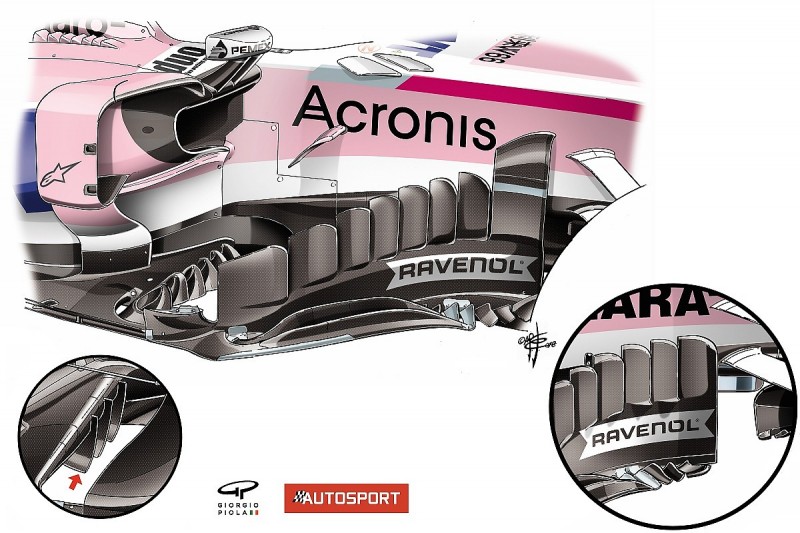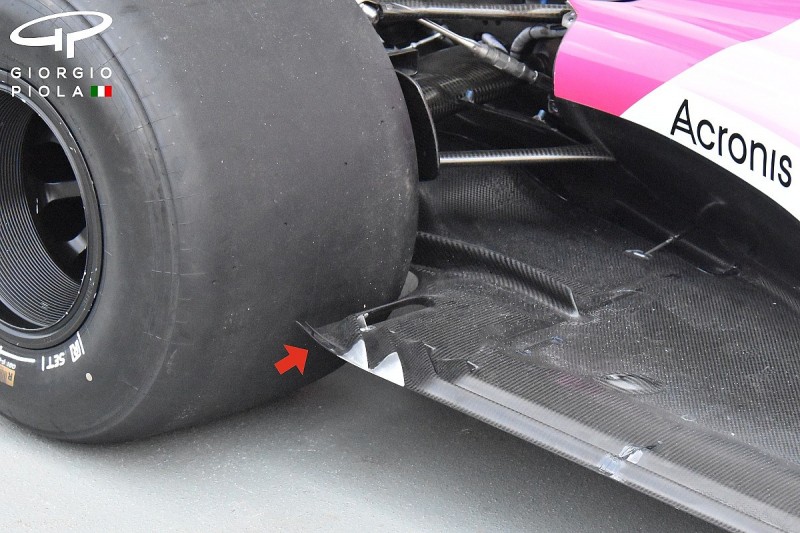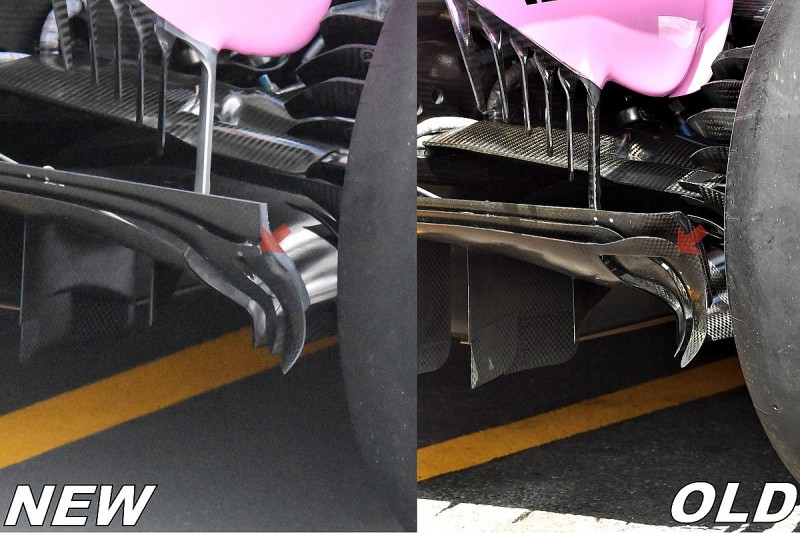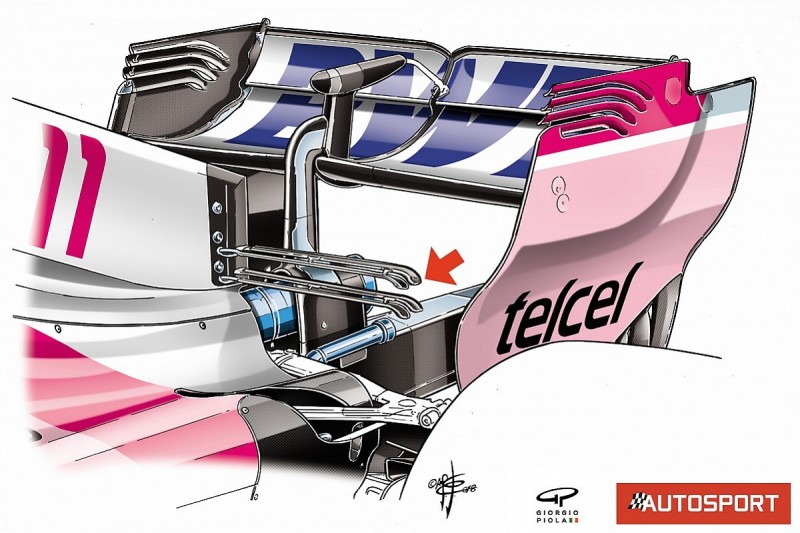Singapore GP dramas disguised Force India's bold new F1 update
Force India left Singapore without points, but its pace over the weekend was boosted by a major upgrade it hopes can help its charge up Formula 1's constructors' championship table

The financial woes that Force India faced going into the 2018 season had a major impact on the development cycle of this year's car, with its already limited resources being funnelled into a new chassis to incorporate the halo.
Without the safety device, the team may have been able to carry over a large portion of the predecessor's design traits and injected those resources into the rest of the car's design.
Arriving in Singapore with a raft of new parts, it was obvious the team was making a concerted effort to rectify some of the issues that proved troublesome in the opening part of the season.
There were no standout or novel solutions though, just well-intentioned optimisations that are designed to work like a daisy chain, each offering a small lift in performance that added together result in a larger overall gain.

The forward-most vertical element of the bargeboard has been pushed back a little and arched over to meet the side of the chassis, creating a physical path for the airflow to follow (see lower right inset for comparison).
Beneath this, the first in a series of small teeth-like surfaces on the bargeboard's footplate was also revised, setting up the flow for the rest of the surrounding surfaces.
The leading edge of the VJM11's floor has also had some attention, with the number of strakes increased from three to six (see lower left inset for comparison), reducing the effect any turbulence reaching the floor's edge can have on its performance and the diffuser downstream.
Behind the bargeboard is the splitter extension, which is run by all teams to improve the flow characteristics in that region and was made possible due to the adjustment of the regulations for 2017.
This has been an area of intense development by all the teams throughout the last two seasons, as it ties in with the rest of the aerodynamic appendages around it and needs to be updated in line with any changes made to them.
The slots that permeate the front edge of the surface were moved for Singapore, making use of the alterations both up and downstream of the surface.
The team has also done away with the arched wing mirror supports as they are considered superfluous, with two supports protruding from the leading edge of the sidepod.

At the rear, the design team has turned its attention to the car's floor area just ahead of the rear tyre, upturning the outer edge and adding a flap above it to improve the way the airflow is pulled across the region.
The team has also enclosed the slots that previously permeated the floor's edge, using a metal insert as a way of improving the floors rigidity.

The diffuser has been treated to some alterations too, with the outboard crossover tab - a design feature of almost every car now - moved from the main diffuser's body to the primary Gurney (red arrow).
The team also utilised a similar rear wing and T-wing set-up to the ones used at the other high downforce circuits of Monaco and Hungary.

Be part of the Autosport community
Join the conversationShare Or Save This Story
Subscribe and access Autosport.com with your ad-blocker.
From Formula 1 to MotoGP we report straight from the paddock because we love our sport, just like you. In order to keep delivering our expert journalism, our website uses advertising. Still, we want to give you the opportunity to enjoy an ad-free and tracker-free website and to continue using your adblocker.


















Top Comments